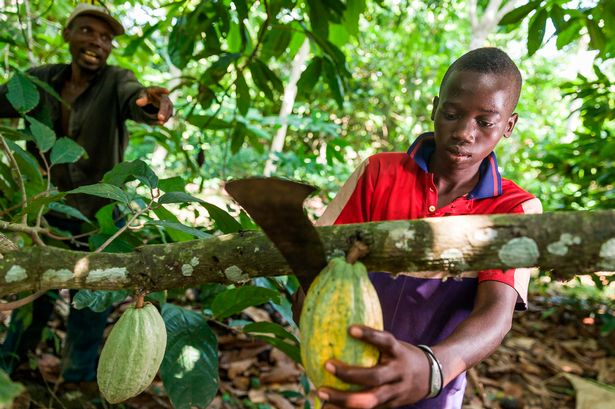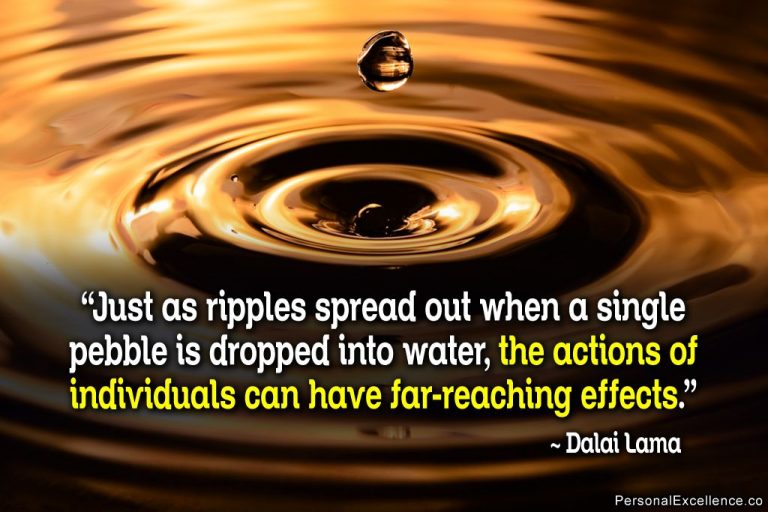Page Description
Explore the complexities and challenges of ‘Real World Justice,’
examining how justice is applied and experienced outside theoretical and legal frameworks.

Despite a high and growing global average income,
billions of human beings are still condemned to lifelong severe poverty with all its attendant evils of low life expectancy, social exclusion, ill health, illiteracy, dependency, and effective enslavement.
We citizens of the rich countries are conditioned to think of this problem as an occasion for assistance. Thanks in part to the rationalizations dispensed by our economists, most of us do not realize how deeply we are implicated, through the new global economic order our states have imposed, in this ongoing catastrophe.
Ondanks een hoog en toenemend gemiddeld wereldinkomen
zijn miljarden mensen nog steeds veroordeeld tot levenslange ernstige armoede, met alle kwalijke gevolgen van dien: lage levensverwachting, sociale uitsluiting, slechte gezondheid, analfabetisme, afhankelijkheid, en feitelijke slavernij.
Wij, burgers van de rijke landen, zijn geconditioneerd om dit probleem te zien als een gelegenheid om hulp te bieden. Mede dankzij de rationalisaties van onze economen beseffen de meesten van ons niet hoezeer wij, via de nieuwe economische wereldorde die onze staten hebben opgelegd, betrokken zijn bij deze voortdurende catastrofe.
1 Backed up against the wall!
Met de rug tegen de muur!

“This is one of the biggest questions of justice” –
the chocolate industry etc cited below – “working for nothing” – according to Harvard professor Michael Sandel (minute 11:15) in his Talk to Al Jazeera

India has a reported 18 million slaves working in awful conditions

Our love of chocolate drives a slave trade in the Ivory Coast

Child Labour: the dark truth behind chocolate production
The Dark side of Chocolate: Child Labour and Cocoa Slavery
The Dark Side of chocolate: child slaves and child trafficing in the chocolate industry for harvesting cocoa bones.
——
Undercover in a Bangladesh clothing factory
The lives of the many people and places behind our clothes.
Many of the clothes sold in American stores come from factories in Bangladesh, which has a history of workplace disasters. Following the factory collapse last month that killed over 1,000 people, Holly Williams went undercover to see what the conditions are really like.
——
Dying for the World Cup. Qatar World Cup Costs 6,500 Workers Their Lives. The urgly side of the beautiful game.
Trapped in Slave-like conditions.
——
It’s one of the most jaw-dropping sights of the modern world. For as far as the eye can see, along a stretch of coastline in Bangladesh, hundreds of mammoth supertankers lie beached on the sand. This is where the world’s ships come to die. Tim joins the thousands of workers, some of them children, who are paid just 47 cents a day to break up these rusting giants with their bare hands.
——
Civil rights activist Rosa Parks (February 4, 1913 to October 24, 2005) refused to surrender her seat to a white passenger on a segregated Montgomery, Alabama bus, which spurred on the 381-day Montgomery Bus Boycott that helped launch nationwide efforts to end segregation of public facilities.
——
The darker side of Residential Schools
Residential schools “inflicted profound injustices” on Aboriginal people. “The children who attended residential schools were treated as if they were offenders and were at risk of being physically and sexually abused,” the TRC says. (TRC = Truth and Reconciliation Commission of Canada)
When they complained of abuse, the students were often ignored.
Years later, when they launched civil lawsuits, they found the legal system was stacked against them “in a way that often re-victimized the survivors.”
Wawahte: Stories of Residential School Survivors – FULL DOCUMENTARY
——
Tuam, a quiet town in the west of Ireland. Tuam, a name that traumatised the whole of Ireland in the spring of 2014, when an unimaginable story was revealed. A hidden mass grave containing the remains of some 800 children was discovered on the former grounds of a home for single mothers, a hell on earth where children died from ill treatment, and were shamefully buried in secret and forgotten. Up until the 1990s, dozens of these detention centres were run by religious orders, but the country is still reluctant to confront the ghosts of its past.
——
A culture of secrecy, fabrication and deceit has cast a heavy shadow over the legacy of the Australian special forces deployment in Afghanistan.
The Brereton report into alleged war crimes by Australian special forces in Afghanistan has found credible evidence that Australian SAS soldiers were involved in the murder of 39 Afghan civilians. The alleged incidents have been described as a ‘disgraceful and a profound betrayal of the Australian defence force’, and include evidence that junior soldiers were coerced to execute prisoners to achieve their first kill in a process known as ‘blooding’.
——
Sanda was a young civil engineering student at the KU Leuven who wanted to join a student association in Belgium, he was subjected to several trials like drinking litters of alcohol and fish oil, eating living mice, eels and fishes. The 17 perpetrators have tried to hide what happened, have deleted all the messages and every proof of what happened. The members of the student association only had to do some community service and write an essay on their actions.
When a student dies due to other students, writing a paper is out of proportion!

These are just a few of the topics of a series listed in the web page “An Inconvenient Truth” under this menu “Preface”
True price of luxury
The everyday pamper goods that make life hell for millions trapped in slavery and child labour.
De ware prijs van luxe
De alledaagse verwennerij die het leven van miljoenen slaven en kinderarbeiders tot een hel maakt.
Le vrai prix du luxe
Les produits de luxe quotidiens qui rendent la vie infernale à des millions de personnes victimes de l’esclavage et du travail des enfants.
More than half of the 45 million subjected to forced and cheap labour are in five countries – India, China, Pakistan, Bangladesh and Uzbekistan – but the issues go much further
Amidou Yeo, 15, and his dad Kregapou, work on a cocoa plantation to meet our chocolate needs.
Using your smartphone or tablet, enjoying a chocolate bar, picking up charcoal for the BBQ or posing with your new fake designer handbag.
They are all part of life’s pleasures in technology-savvy 21st century Britain.
But our ongoing desire for cheap consumer goods could also be fuelling the misery of modern-day slavery and forced labour, which is thriving around the world.
A staggering 45 million adults and children are subjected to forced and cheap labour according to new statistics from the Global Slavery Index. More than half of those are in just five countries – India, China, Pakistan, Bangladesh and Uzbekistan.
Bittersweet toil: How £2-a-day child labour supplies your favourite chocolate bars
Governments and many organisations are involved in trying to stamp out the evil trade. But around the world, there are still victims forced to work for a pittance or no money at all under threats of abuse and mistreatment.
Yet there are still ways you can enjoy the luxuries you have become used to with a clear conscience.
1 Children Labor For Pennies Mining Mica In Madagascar | TODAY
18 nov. 2019
IMPORTANT CONTENT

Wat is er nodig om een doelgericht bedrijf van eerlijkheid en rechtvaardigheid op te bouwen?
How to be more powerful than powerless | Ron Carucci | TEDxSnoIsleLibraries
1 dec. 2017
2 Cobalt-mining in the Democratic Republic of the Congo
Special report: Revisiting the cobalt-mining boys
This is what we die for: Child labour in the DRC cobalt mines
Blood, Sweat, and Batteries: Inside Congo’s Cobalt Mines I Fortune
Boy describes struggle of mining cobalt in Democratic Republic of Congo
Top tech companies sued over child cobalt mining deaths in Congo
DR Congo cobalt miners work in treacherous conditions
Blood Cobalt: The Congo’s Dangerous and Deadly Green Energy Mines | Foreign Correspondent

Back to the wall:
when you can not solve a problem and you have no one to turn to for help
3 Lost Childhood
India’s Child Miners: Growing Up, Underground
In the mountains of northeast India, children as young as 9 years old mine for coal.
The children who work in India’s rat-hole coal mines
Deep in the hills of northeast India, thousands of children are employed to burrow into narrow “rat-holes” inside the earth and cut coal, victims of a lucrative and unregulated mining industry. Duration: 02:32
Child labour rife in India’s coal mines
Three years ago Al Jazeera filmed children working in coal mines in the Indian state of Meghalaya
David Walliams Visits Kenya | Sport Relief 2012
Whoever dislikes this video is a fool, obviously don’t care about these people that basically live hell whilst you’re at home stuffing faces, drinking and sleeping on a bed.
These kids want schools and want to work when they are older and actually get paid all the best to them over in Kenya.
A documentary on Minors being held in Prison in the Philippines
Left In Kathmandu – Longer Trailer
Pope Francis shaken by ANAK-TNK street children
Pope Francis surprise visit at TNK foundation – January 16, 2015 Youth encounter Manila, testimony of TNK kids and tears of Glyzelle – January 18

Below is the emotional text read by a 12 years old girl to the Pope in the last link, when she starts crying.
“My name is Glyzelle Iris Palomar. I am 12 years old. I live in ANAK-Tnk foundation.
There are many childen neglected by their own Parents. There are also many who became victims and many terrible things happened to them like drugs or prostitution.
Why is God allowing such things… even if the children did nothing wrong?
And why are there only very few people helping us?”
4 Food for thought

Suviving The Streets of Africa. Life in the Slums


Rosa Parks and the Montgomery Bus Boycott was led by a young Rev. Dr. Martin Luther King Jr., the boycott lasted more than a year
Rising above your circumstances!
5 Modern Day Slavery
Gravitas: Jamaica demands reparations from Queen Elizabeth II
6 Universal Declaration of Human Rights
2 Short documentary film on child labor
28 sep. 2016

